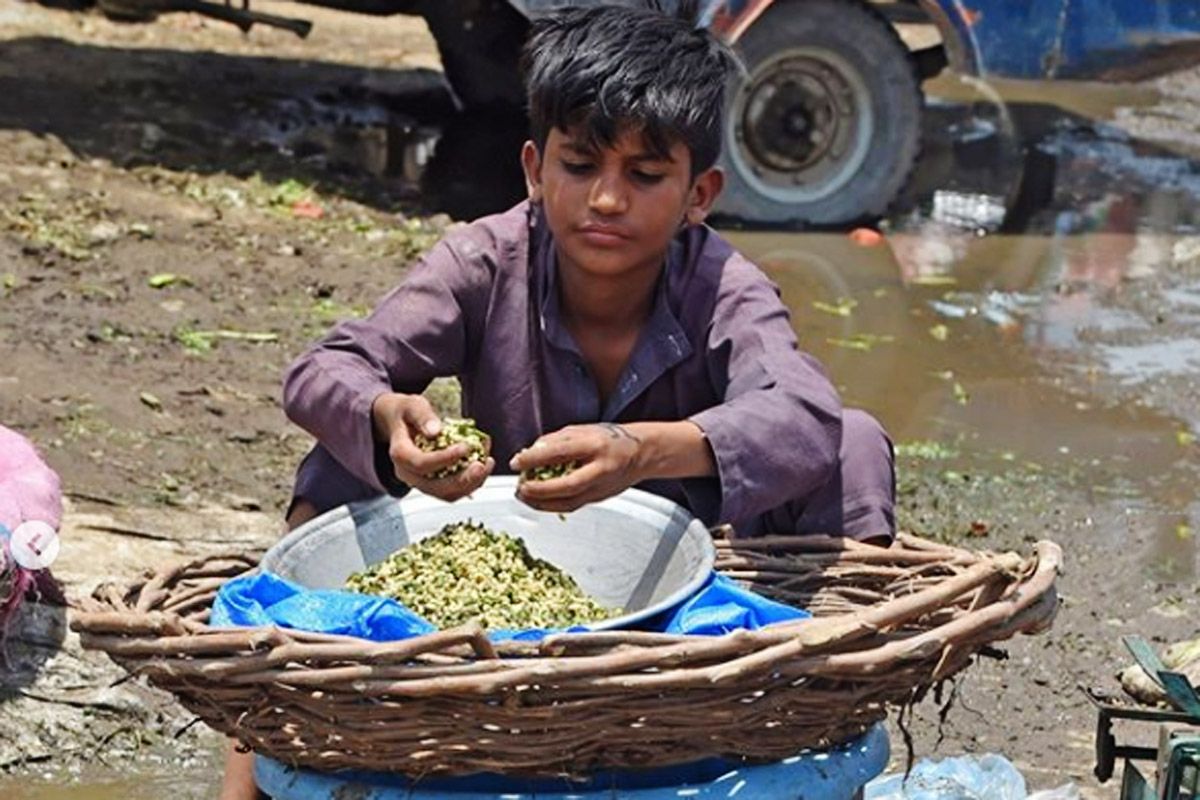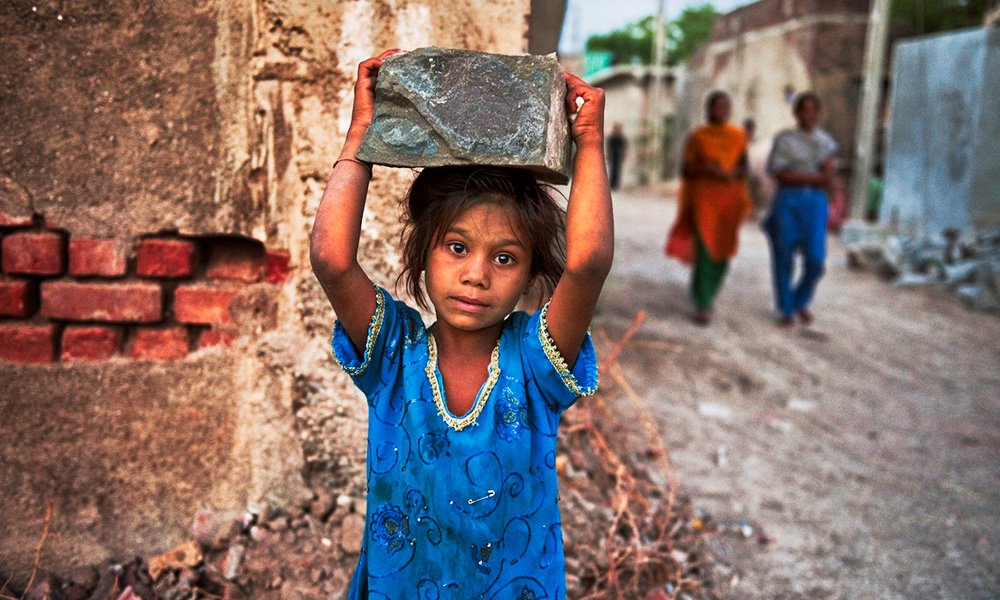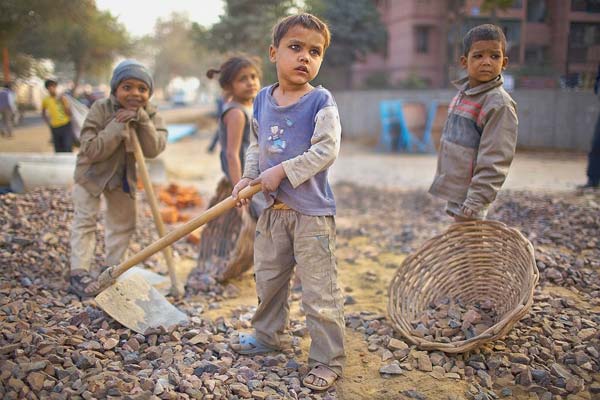
Karma Management’s strict vigil in its auditing foray on the governance of child labour act and pre-empting of child labour in Industries
Karma Management has been one of the leading auditings and consulting firms in India in the arena of vendor compliance management.
In the industry, it is well noted by all that if a thorough compliance risk audit has to be done, it is none other than Karma Management who is a leading player, conducting about over 5000 vendor audits per month and covering an expanse of almost 3500 vendors or contractors on Pan India basis.
It has in its portfolio, a list of experienced auditors of over 10 years who have been handling the vendor audit process for a very long time, much to the satisfaction of the clients and principal employers.
One of its most deserving checklist points in the total compliance checklist of 54 points, is the child labour act.
The auditors scrutinize laboriously to search diligently for any employment of child labour of 16 years and above, in any form, in any type, in any camouflaged manner, by any industry especially brick making, construction, textiles, fireworks, etc. so as to pre-empt any such criminal intention to engage children below 16 years of age which is a cognizable criminal offense.




CHILD LABOUR (PROHIBITION & REGULATION) ACT, 1986
It came on the Statute Book as THE CHILD LABOUR (PROHIBITION AND REGULATION) ACT, 1986 (61 of 1986). An Act to prohibit the engagement of children in certain employments and to regulate the conditions of work of children in certain other employments.
Article 24 of the Indian constitution clearly states that
“No child below the age of fourteen years shall be employed to work in any factory or mine or employed in any hazardous employment.”
The Child Labour (Prohibition and Regulation) Act of 1986 designates a child as a person who has not completed their 14th year …
What is the minimum age for child Labour in India?
14 years
Article 24 Prohibition of employment of children in factories, etc. No child below the age of 14 years shall be employed in work in any factory or mine or engaged in any other hazardous employment.
What is the main objective of the child Labour act?
The Child Labour (Prohibition & Regulation) Act, 1986 aims at prohibiting the engagement of children aged below 14 in certain hazardous Occupations and Processes as well as regulating the conditions of services of such children engaged in non-hazardous Occupations and Processes.
Is child labour a crime?
The Child Labour (Prohibition and Regulation) Act, 1986
It is a cognizable criminal offense to employ a Child for any work.
What is the punishment for child labour?
Any person who employs a child below 14 or a child between 14 and 18 in a hazardous occupation or process can be punished with jail time of between six months and two years and/or a fine between Rs. 20,000 and Rs. 50,000.
What are the causes of child labour in India?
Below are some of the root causes which make children particularly vulnerable to child labour.
- Poverty. …
- Lack of access to quality education. …
- Poor access to decent work. …
- Limited understanding of child labour. …
- Natural disasters & climate change. …
- Conflicts & mass migration. …
What are the different types of child labour?
- However, there are five sectors of note, for their high child labour employment and poor working conditions.
- Garment industry. Child labour runs rampant in India’s garment industry, hidden away in small, owner-operated enterprises or home setups. …
- Brick kilns. …
- Unorganized sectors. …
- Agriculture. …
- Fireworks.
What are some of the rights of the child?
- Every child has the right to be born well. …
- Every child has the right to wholesome family life. …
- Every child has the right to be raised well and become a contributing member of society. …
- Every child has the right to basic needs. …
- Every child has the right to access what they need to have a good life.
The Government is pursuing a multipronged strategy to eliminate child labour and has taken comprehensive measures which include legislative measures, rehabilitation strategy, providing the right to free education, and general socio-economic development to eliminate the incidence of child labour.
The details of statutory and legislative measures, rehabilitation strategy, and education are as under:
- The government has enacted the Child Labour (Prohibition & Regulation) Act, 1986 which was amended in 2016.
- The amended Act is called the Child and Adolescent Labour (Prohibition and Regulation) Act, 1986.
- The amendment provides stricter punishment for employers for violation of the Act and made the offense cognizable.
- Framing of Child Labour (Prohibition and Regulation) Amendment Central Rules Framing of model State Action Plan enumerating action points to be taken by respective State Governments and circulation of the same to all Chief Secretaries.
- As per “Crime in India, 2020” a publication of the National Crime Records Bureau, 464, 772, and 476 cases were registered during the calendar year 2018, 2019, and 2020 respectively under the Child and Adolescent Labour (Prohibition and Regulation) Act, 1986 in the country.
- State-wise details are annexed. The Ministry of Labour & Employment has been implementing National Child Labour Project (NCLP) Scheme for the rehabilitation of child labourers through District Project Societies under the chairmanship of the District Magistrate.
- Under the NCLP scheme, the children in the age group of 9-14 years are rescued/withdrawn from work and enrolled in the NCLP Special Training Centres (STCs), where they are provided with bridge education, vocational training, mid-day meal, stipend, health care, etc. before being mainstreamed into the formal education system.
- NCLP scheme has now been subsumed under Samagara Shiksha Abhiyan (SSA) Scheme.
For any of your auditing requirements whether it is vendor or contractors’ compliance audit, environment audit, factories act audit, statutory remittance audit, establishment compliance audit, kindly get in touch with our Marketing Team at the Corporate Office in Santacruz East, Mumbai via our hopping board line numbers (022) 42 44 44 44
And we will be quickly there to give you an understanding of the process and support you fully in the zero-risk work of compliances.
